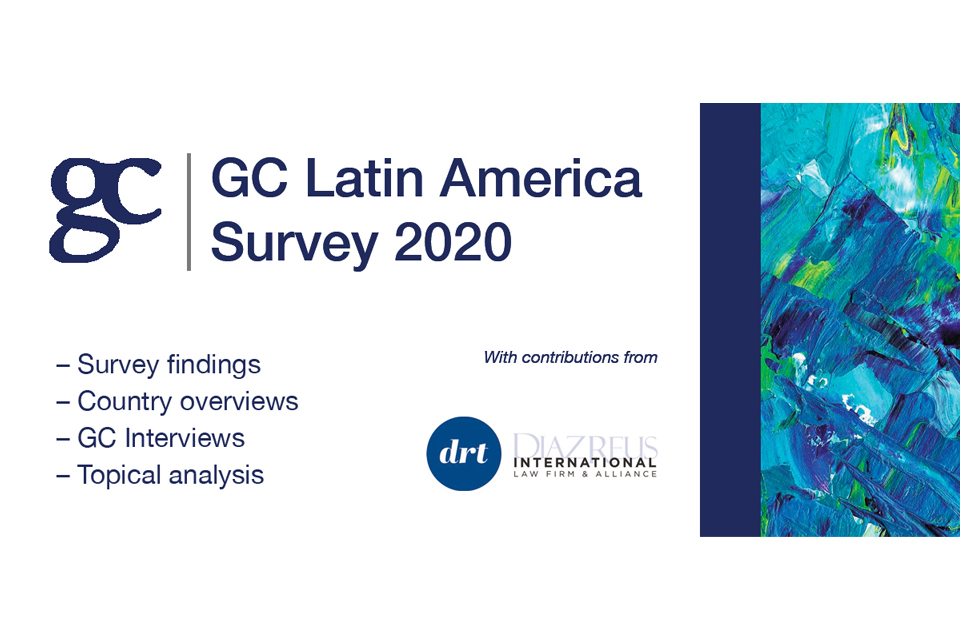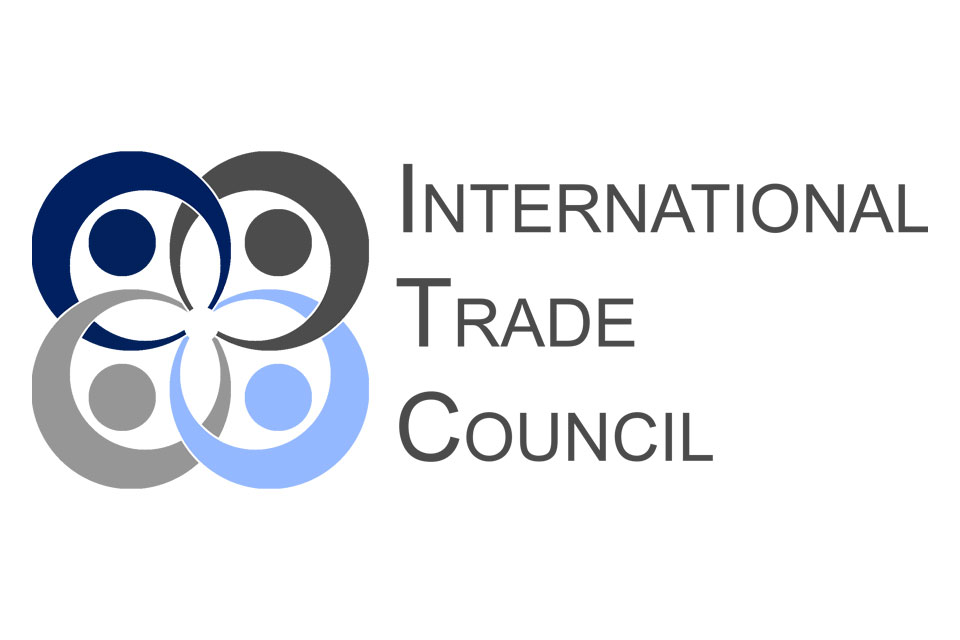Hungry for trade with resource rich Latin America, the Chinese are binding themselves closer with the continent, snapping up commodities in record amounts. This report compares growth conditions in China and Latin America and assess fears that Latin America’s overdependence on exports to China may lead to a downturn in commodity prices or demand from China in the coming decades. This report also emphasizes the much needed reforms in Latin America’s infrastructure which can be done through China’s financing and cooperation between the two regions.
Eyes on the Prize: China’s Role in Latin American Development
China’s explosive economic growth and the rapid development of its manufacturing sector has led the nation to increasingly turn its attention to Latin America. Over the past decade, China has labored to expand its Sino-Latin connections. Chinese interest in Latin America is predominately economic, rather than political.[1] First, Latin America represents an emerging middle-income market, with approximately 530 million consumers on hand to purchase Chinese exports.[2] Second, Latin America possesses an abundance of natural resources, which China needs to fuel its industrial boom. “Latin America’s agricultural land per capita is three times larger than China’s, while forest land and fresh water per capita is well over five times higher.”[3]
Latin American Raw Materials Exporters Benefit from China’s Hunger
Latin America’s natural resource endowments correspond nicely with China’s need for fuels, foods, and metals. China requires massive quantities of raw materials to feed its industrial expansion. China is currently the world’s largest importer of soybeans and copper.[4] China imports over 60% of the 50 million tons of soybeans annually consumed by its population.[5] “Even in the politically sensitive terrain of food supply where China spends billions subsidizing its agricultural base, the country cannot avoid a reliance on imports.”[6] China also faces a shortage of copper, manganese, and nickel, and thus relies on imports to satisfy its hunger.[7] In addition, China is the world’s second largest importer of oil.[8] Over the next two decades, China’s oil needs are expected to double to 14 million barrels a day.[9]
Southern Cone and Andean nations, along with Brazil, have particularly benefited from China’s voracious appetite for primary products. For example, Chile and Peru supply China with copper, Argentina and Brazil export soybeans, and Brazil provides iron ore.[10] Nations that supply raw materials have also profited from the “ China effect”- higher global commodity prices due to the surge in Chinese demand.[11]
Traditional Ricardian Comparative Advantage Relationship
The Chinese-Latin America relationship represents a classic centre-periphery connection.[12] Latin American exports to China are predominantly raw materials and resource-based manufactures.[13] In contrast, Chinese imports into the region overwhelmingly consist of manufactured goods. Chinese manufactures are becoming more sophisticated, and the proportion of medium and high technology products is on the rise.[14] Although the connection between China and Latin America is often referred to as a South-South relationship,[15] it has taken on a North-South tone,[16] with China in the driver’s seat.
Word of Warning
It is easy for Latin American nations to become complacent as they reap the economic rewards of China’s commodity demands.[17] Nations that have benefited from the relationship should nevertheless recognize that there are hazards associated with their growing dependence on low-value-added commodity exports. An overdependence on raw material exports will leave these countries vulnerable to a downturn in commodity prices or reduced demand from China.[18] The region should be cognizant of “Dutch Disease,” a market failure characterized by high levels of cheap imports, the sharp inflow of foreign currency, and deindustrialization.[19] In addition, a concentration in natural resources can halt export diversification and lead to a loss of competitiveness in manufacturing sectors.[20]
Need to Keep Long-Term Development Goals in Mind
The relationship between China and Latin America is deepening, but it is narrow.[21] Latin American countries’ exports are concentrated in only a few resources: for example, 76% of Chilean exports to China consist of copper and its derivatives; 90% of Colombian exports are pig iron and other metals; 47% of Peruvian exports are copper and other metals, and 37% animal feed; 74% of Brazilian exports are soya and its derivatives, iron ore, crude petroleum.[22]
While Latin American exporters of raw materials are undoubtedly receiving short-term benefits from their relationship with China, in the long run, commodity dependency can stunt socioeconomic development. To avoid being pushed into a “raw materials corner,” Latin American governments and firms should strive to diversify their exports and become more integrated into global production chains.[23]
China’s Surplus of Savings
Foreign Direct Investment (FDI) is a tool that can be used to advance long-term development goals by boosting technology and upgrading infrastructure.[24] China’s vast pool of savings offers great potential for financing the development of Latin America. “Asia is a high-savings region, while Latin America is historically savings-poor.”[25] China, along with its neighboring East Asian countries, has accumulated a large surplus of savings.[26] A comparison of the ratio of China’s investment abroad to GDP reveals that “ China has ample room to continue investing beyond its frontiers.”[27]
Importance of Infrastructure Improvement
The modernization and upgrading of Latin America’s infrastructure should be a policy priority. Latin America’s transportation infrastructure is notoriously inefficient and expensive.[28] Improved roads, airports, ports, and railways would attract FDI by reducing transportation costs. Better infrastructure would also allow countries to more effectively pursue regional integration.
Regional Cooperation and Integration
Proponents of regional integration purport that regional cooperation helps countries to boost their competitiveness by exploiting scale and comparative advantages. Regional agreements may be formed between Latin American countries, or between Latin American and Asian nations (e.g. Free Trade Agreements exist between China-Chile, Japan- Chile, Japan-Mexico and, most recently, China-Peru).[29] Regional cooperation allows for the development of “production linkages and clusters,” and the organization of “hubs and spokes in transportation and port systems.”[30]
For example, Mexico, with its close proximity to United States, could be used as a hub for Asian exports.[31] A supply chain that originated in East Asia and terminated in Mexico could take advantage of this close proximity and also capitalize on Mexico’s preferential access to the United States and Canadian markets via the North American Free Trade Agreement (NAFTA).[32] A Mexican firm in this scenario would become more integrated into global manufacturing production networks. An Asian firm would benefit here by obtaining greater and more stable access to markets. Of course, efficient infrastructure is essential to ensure that geographical advantages translate into lower transportation costs.
“[T]he Chinese government seems to show interest in infrastructure projects not directly related to its economy, albeit essential in the transportation of natural resources, and proposes to fund these projects in order to be perceived as a partner in development.”[33] It is thus imperative that Latin American countries promote investment opportunities, not only in infrastructure, but also in other sectors that will lead to sustainable development. Policies should be pursued that “diversify exports in the direction of knowledge-based goods and services that are related to the country’s comparative advantage in natural resources.”[34]
Conclusion
Chinese economic involvement in Latin America can indeed advance sustainable growth in the region. However, to avoid the pitfalls of commodity dependency, Latin American countries should pursue policies that keep long-term socioeconomic development goals in mind. The future advancement of Latin America will hinge on the region’s ability to “transform its natural resource wealth into improvements in human capital, infrastructure, and innovation, and on its ability to enhance the knowledge content of its production.”[35] While it is easy for Latin American political and social institutions to become complacent as they enjoy their comparative advantage in primary materials, it is important that nations strive to become more integrated into global production networks and develop their economies in alternative ways.
[1] The Impact of China’s Global Economic Expansion on Latin America, Univ. of East Anglia, International Development, http://www.uea.ac.uk/dev/faculty/Jenkins/china-latinamerica. [2] Where Does Latin America Go from Here? in The Emergence of China: Opportunities and Challenges for Latin America and the Caribbean, Inter-American Development Bank 201 (Robert Devlin et al. eds., 2006) [hereinafter Devlin], http://idbdocs.iadb.org/wsdocs/getdocument.aspx?docnum=549983. [3] Alicia García Herrero, Latin America & China: Complementary Strangers, China Europe International Business School, The Link (Aug.-Sept. 2009), http://www.ceibs.edu/link/latest/44271_5.shtml. [4] Masahiro Kawai and Fan Zhai, PRC–Lat Am Economic Cooperation: Going Beyond Resource and Manufacturing Complementarity, Asian Development Bank Institute, Working Paper No. 137, 1 (2009), http://www.adbi.org/files/2009.04.14.wp137.prc.latin.america.economic.cooperation.pdf [5] John Price, China Latin America: The Decade of the Panda?, FiNETIK Market News Network, Jan. 27, 2010 [6] Id. [7] Id. (“According to the U.S. Geological Survey, Chinese reserves of copper, manganese, and nickel are 5.4%, 8%, and 2.5% of the world’s total, while China accounts for 27%, 48% and 22% of the world’s total consumption of these metals.”) [8] Kawai, supra note _ at 1. [9] John A. Hall, China Casts a Giant Shadow: The Developing World Confronts Trade Liberalization and the End of Quotas in the Garment Industry, 5 HOFJIBL 1, n.292 (2006). [10] Rhys Jenkins, The Impact of China’s Global Economic Expansion on Latin America 18 (2009), http://www.esrcsocietytoday.ac.uk/esrcinfocentre/viewawardpage.aspx?awardnumber=RES-165-25-0005. [11] Global commodity prices zoom due to China effect, The Daily Business Digest, May 30, 2009, http://14daysinparadise.com/2009/business-and-finance/global-commodity-prices-zoom-due-to-china-effect/. [12] Jenkins, supra note __ at 17. [13] Id. [14] Id. at 18. [15] David Shambaugh, China’s New Foray into Latin America, Brookings Institution, Nov. 17, 2008, http://www.brookings.edu/opinions/2008/1117_china_shambaugh.aspx?emc=lm&m=220016&l=65&v=13076. [16] Tony Volpon, Asia and Latin America: Ready for the next step? in The Ascent of Asia, Nomura Global Economics 79-81, 80 (Feb. 2007), http://www.nomura.com/europe/resources/pdf/nomura%20-%20the%20ascent%20of%20asia.pdf. [17] Javier Santiso, Can China Change Latin America? OECD Observer, No. 262, 14 (Jul. 2007). [18] Price, supra note _. [19] Devlin, supra note _ at 1. [20] Kawai, supra note _ at 1. [21] Volpon, supra note _ at 79. [22] Id. at 79-80. [23] Javier Santiso, China: A Helping Hand for Latin Am?, OECD Development Centre (Jun. 2006), http://www.oecdilibrary.org/docserver/download/fulltext/5kzsnbhdkzq7.pdf?expires=1269632484&id=0000&accname=freeContent&checksum=DA47C55CA09D203EDED9B7E70FEBF330. [24] Enrique Dussel, Mexico’s Economic Relationship with China: Heading for Conflict? The Impact of China’s Global Expansion on Mexico, World Economy & Finance Research Programme, Working Paper No. 4, 48 (2008), http://www.uea.ac.uk/polopoly_fs/1.113470!4%20Mexico%20GENERAL.pdf. [25] Volpon, supra note _ at 81. [26] Kawai, supra note _ at 11. [27] Herrero, supra note __. [28] Volpon, supra note __ at 81. [29] Kawai, supra note __ at 7. [30] Devlin, supra note _ at 224. [31] Herrero, supra note _. [32] Id. [33] Sebastian Castaneda, China’s Policy Paper on Latin America and the Caribbean, Council on Hemispheric Affairs, Jul. 29, 2009, http://www.coha.org/china%e2%80%99s-policy-paper-on-latin-america-and-the-caribbean/. [34] Devlin, supra note _ at 217. [35]China’s and India’s Challenge to Latin America: Opportunity or Threat?, World Bank xxii (Daniel Lederman, et al. eds, 2009), http://siteresources.worldbank.org/DEC/Resources/China_India_Challenge_to_LA.pdf .



































































































































































































































